Learn how to stock your pantry and freezer for winter during "Stocktober." Discover tips on what to stock, how to prepare DIY mixes, and how this can save you money in the long run!
October is here, which means one thing on the homestead—Stocktober! This month, we focus on filling our pantries and freezers with everything we’ll need to get through the colder months. Preparing for winter by preserving the harvest, making our favorite pantry staples, and ensuring we have all the essentials to keep our meals wholesome and delicious is fun and productive.
Whether you’re canning vegetables, freezing meats, or whipping up pre-made mixes for baking, Stocktober is all about planning and saving time (and money) later. Let’s discuss how to make the most of this season and set yourself up for winter success.
What Should You Stock in Your Pantry for Winter?
Stocktober is the perfect opportunity to assess what your family eats most during the colder months and stock up on those items. Winter means hearty soups, stews, casseroles, and plenty of baking. Here are some ideas to get you started:
- Canned Goods include tomatoes, beans, soups, and sauces. These are lifesavers when you want a quick dinner without worrying about fresh produce.
- Flour and Grains: Stock up on all-purpose flour, bread flour, oats, rice, and pasta. These staples will help keep your baking and cooking routine running smoothly.
- Canned Meats or Preserved Proteins: If you don’t have a freezer packed with meat, consider stocking canned chicken, tuna, or beef. You can also freeze your meat to have plenty on hand.
- Preserved Vegetables: If you’ve spent the summer and fall preserving your garden harvest, now is the time to load those up in your pantry. Things like canned green beans, corn, pickles, and salsas will be delicious all winter.
- Spices and Seasonings: Don’t forget the flavor! Stock up on cinnamon, nutmeg, oregano, and other herbs you use frequently. You’ll want to have these handy for holiday cooking and baking.
- Baking Staples: Think sugar, brown sugar, baking powder, baking soda, active dry yeast, and cocoa powder. You’ll want to bake your family’s favorite holiday treats, and having everything in stock means no last-minute trips to the store.
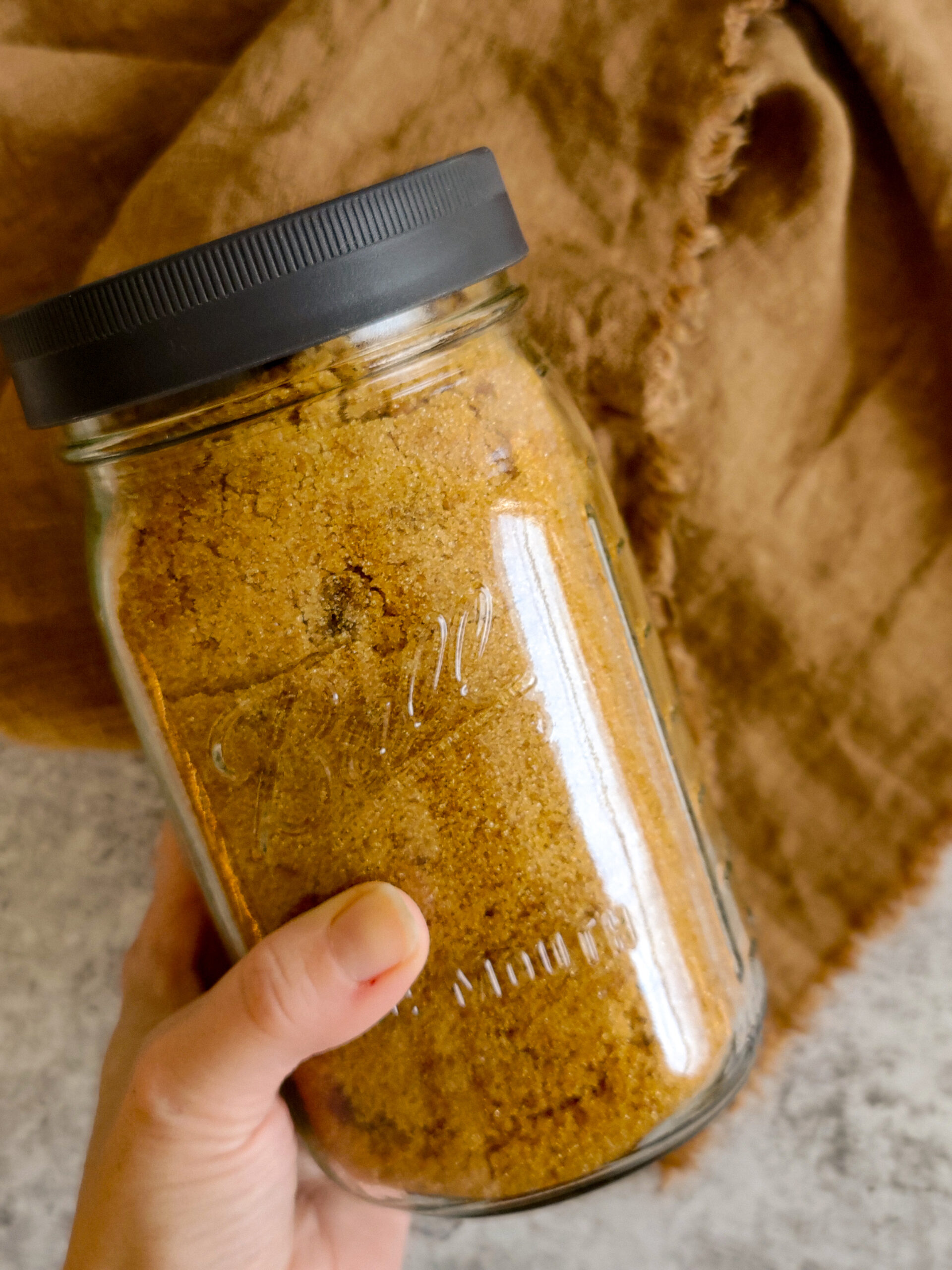
Premade Brownie and Pancake Mixes:
Stocktober doesn’t just mean filling your pantry with store-bought staples—it’s also a great time to prepare some DIY mixes that make life easier. One of my favorite things is making premade mixes for brownies, pancakes, and muffins.
You combine the dry ingredients, store them in jars or bags, and when you’re ready to bake, all you have to do is add the wet ingredients. Here’s why it’s a Stocktober must-do:
- Time-Saver: When you’re craving something sweet or need a quick breakfast, having these mixes ready is incredibly convenient. It takes the guesswork out of measuring and speeds up the process.
- Money-Saver: By making your own premade mixes, you avoid paying the extra cost of prepackaged mixes from the store. Plus, you can customize them to your taste preferences and dietary needs.
- Less Waste: Since you’re making the mixes yourself, you can control portion sizes, which helps reduce food waste.
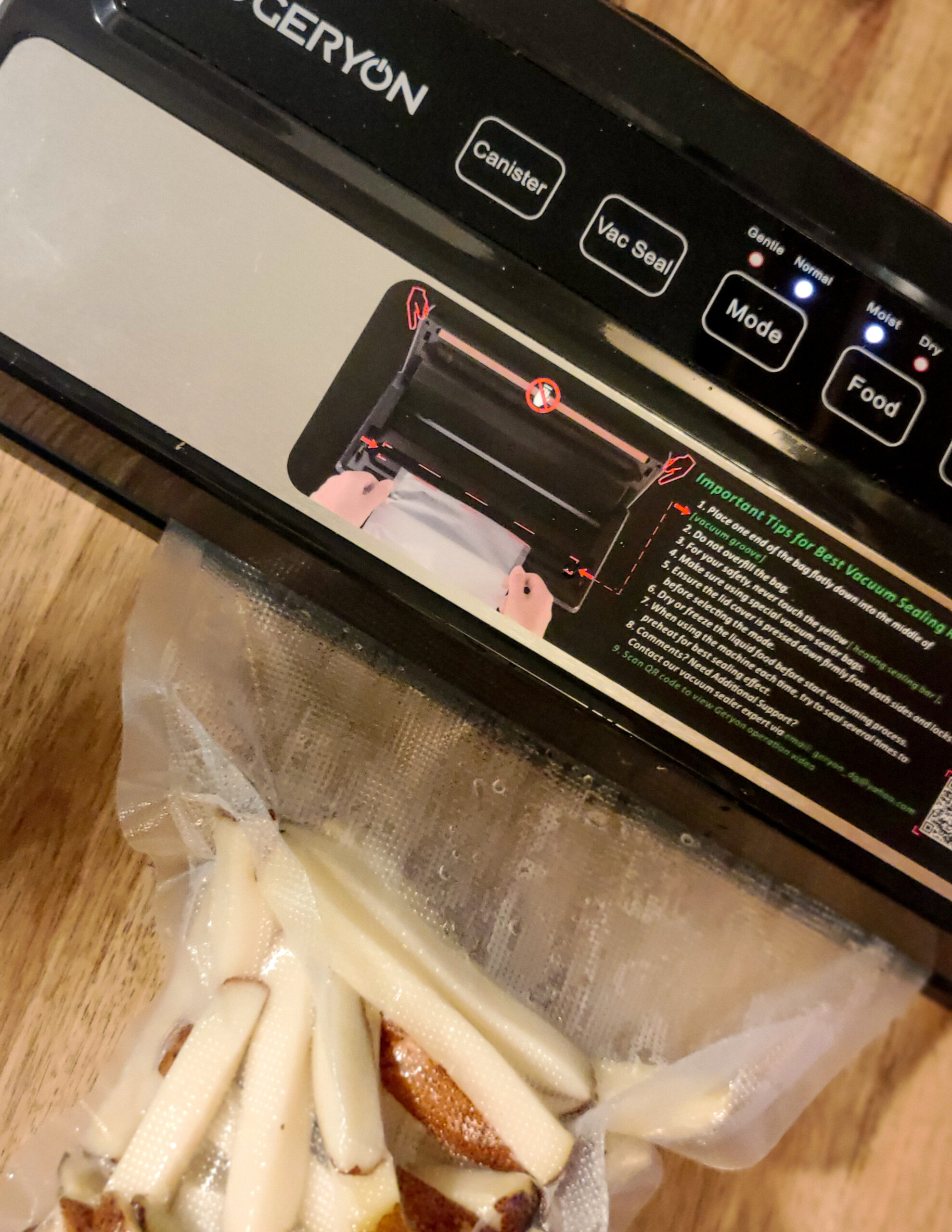
How to Prep for Stocktober?
Prepping for Stocktober starts with planning and a little bit of organizing. Here’s how you can get started:
- Take Inventory of Your Pantry and Freezer: See what you already have before stocking up. This helps prevent overbuying and lets you focus on filling in the gaps.
- Make a Stocking List: Based on your inventory, list everything you need to buy, can, freeze, or dehydrate. This should include pantry staples, pre-made mixes, and any special items you want during winter, like holiday baking ingredients.
- Plan for Freezer Space: If you plan to freeze vegetables, fruits, or meats, ensure you have enough freezer space. Now might be an excellent time to reorganize your freezer and ensure everything fits neatly.
- Canning and Preserving: October is an excellent time for last-minute canning projects. If you still have some late-harvest vegetables, can them and store them away for winter.
- Meal Plan for the Winter: List meals you want to enjoy during the colder months. This way, you can ensure you have all the ingredients in stock to make those meals happen.
How Does This Save Money?
Stocking your pantry in October isn’t just about convenience—it’s a considerable money-saver, too! Here’s why:
- Bulk Buying: Stocking up on staples like flour, sugar, canned goods, and grains in bulk can save you money in the long run. You get more for your money when you buy in larger quantities, ensuring you won’t run out when prices increase in winter.
- Avoiding Last-Minute Shopping: When your pantry is well-stocked, you won’t need to run to the store for last-minute ingredients. This helps prevent impulse purchases and keeps your grocery bill in check.
- Preserving Food at Its Peak: Whether you canne, freeze, or dehydrate food, preserving food when it’s in season (and cheap!) means you won’t have to pay higher prices for the same items in winter.
- Reduced Food Waste: By planning and stocking your pantry smartly, you’re less likely to waste food. You’ll know what’s available and what needs to be used up before it goes bad.
I hope you’re inspired to kick off your own Stocktober! Preparing your pantry and freezer for winter will save you time and money and give you peace of mind, knowing you have everything you need for the colder months. And let’s be honest—there’s nothing quite like having a well-stocked pantry during a snowstorm.
Remember, if you try my tips or recipes, please rate and review them. It helps the blog grow and reach more like-minded homesteaders ready to embrace the art of stocking up and living sustainably!
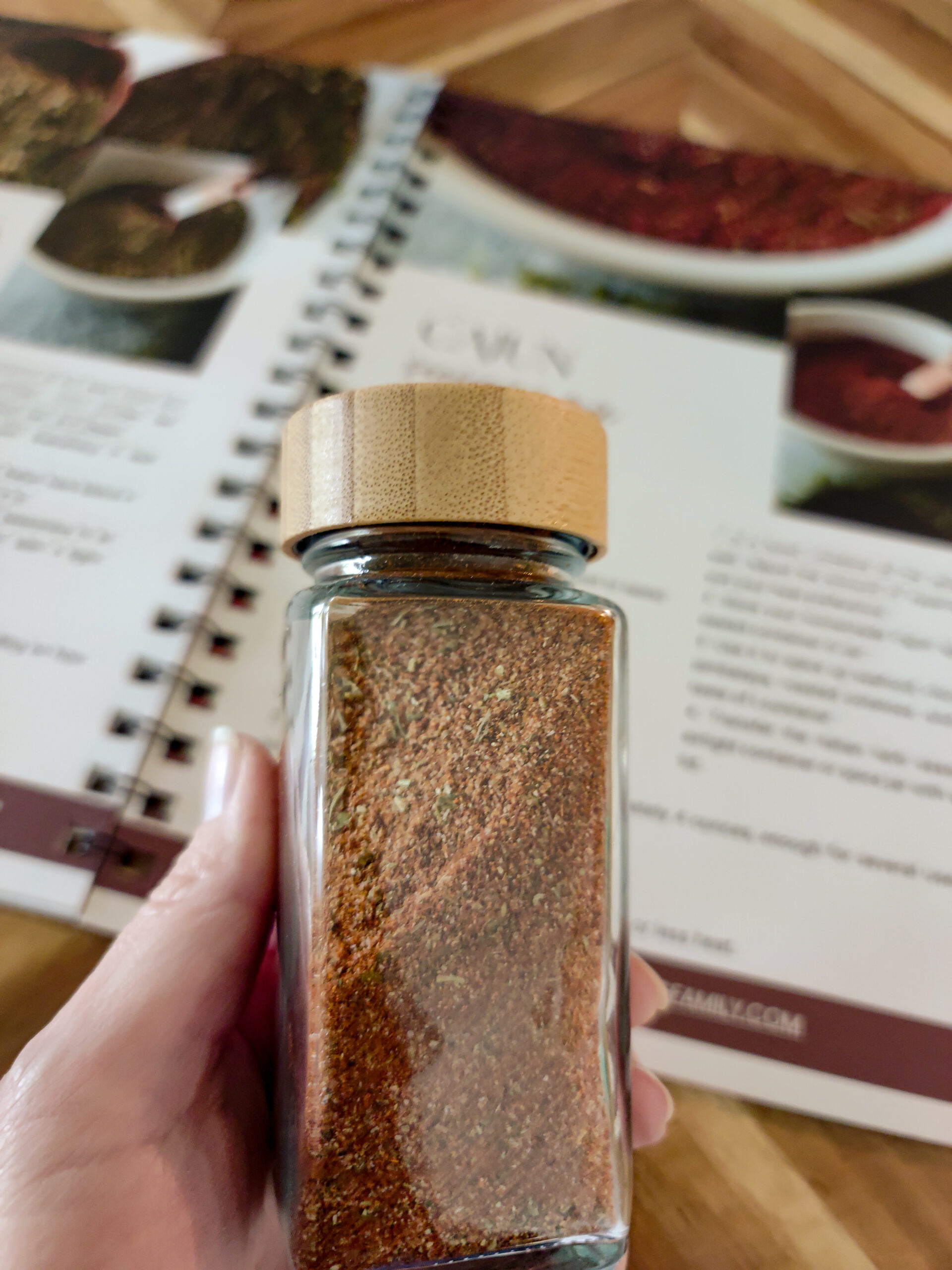
Why Make Your Own Condiments, Spices, and Spreads?
In today’s fast-paced world, it's easy to rely on store-bought versions of everything from ketchup to mustard, mayonnaise to spice blends. But nothing compares to the taste and health benefits of making your own from scratch. In my Back to Basics Condiments, Spices, and Spreads ebook, I’ll show you how to easily create flavorful pantry staples at home—free from preservatives, artificial flavors, and excess sugar.

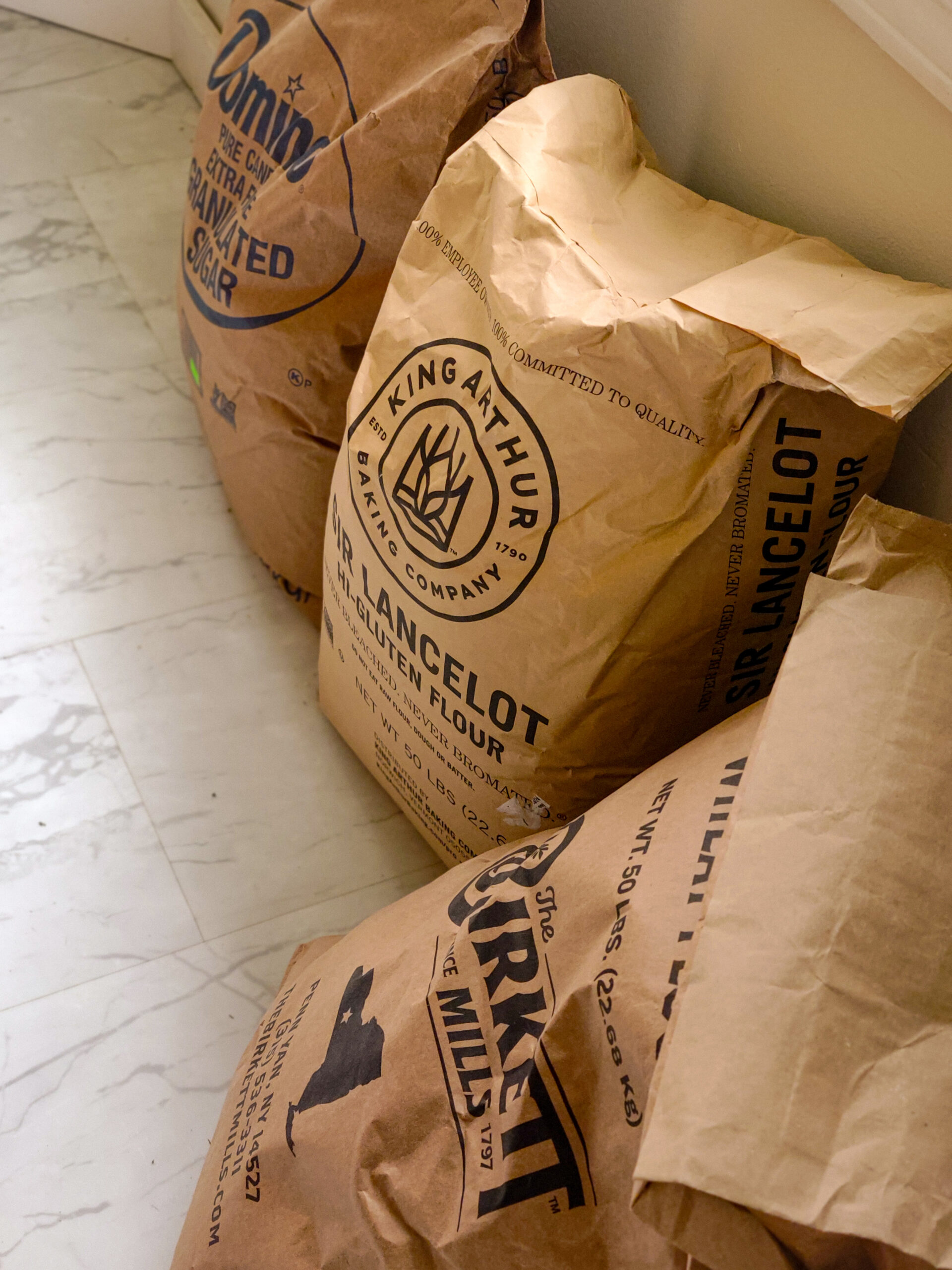
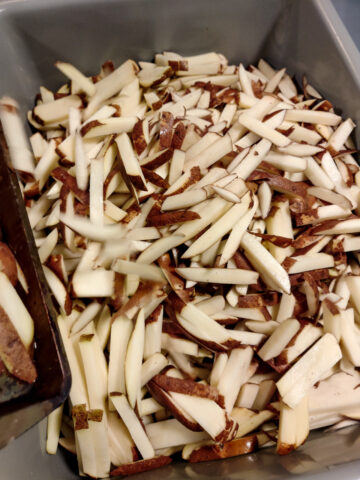
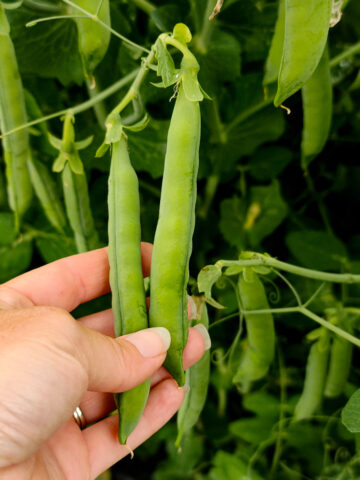
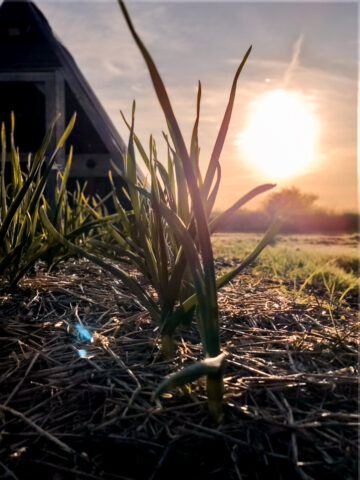
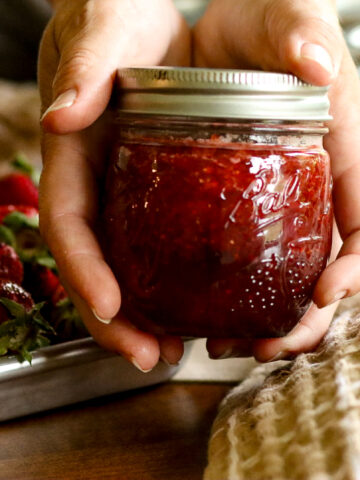
Alicia Hatfield says
Do you transfer the dry goods into different packaging? Or leave it as is.
tinyfarmbigfamily says
Depending on the items, I will store them differently. I have large canisters on the counter for everyday items (oats, sugar, flour, coffee, and rice). Bulk caster containers for. 50lbs of flour and sugar. Others go into jars, containers, freezer bags, burlap or brown paper bags. As you can see it varies. Hope this helps 🙂